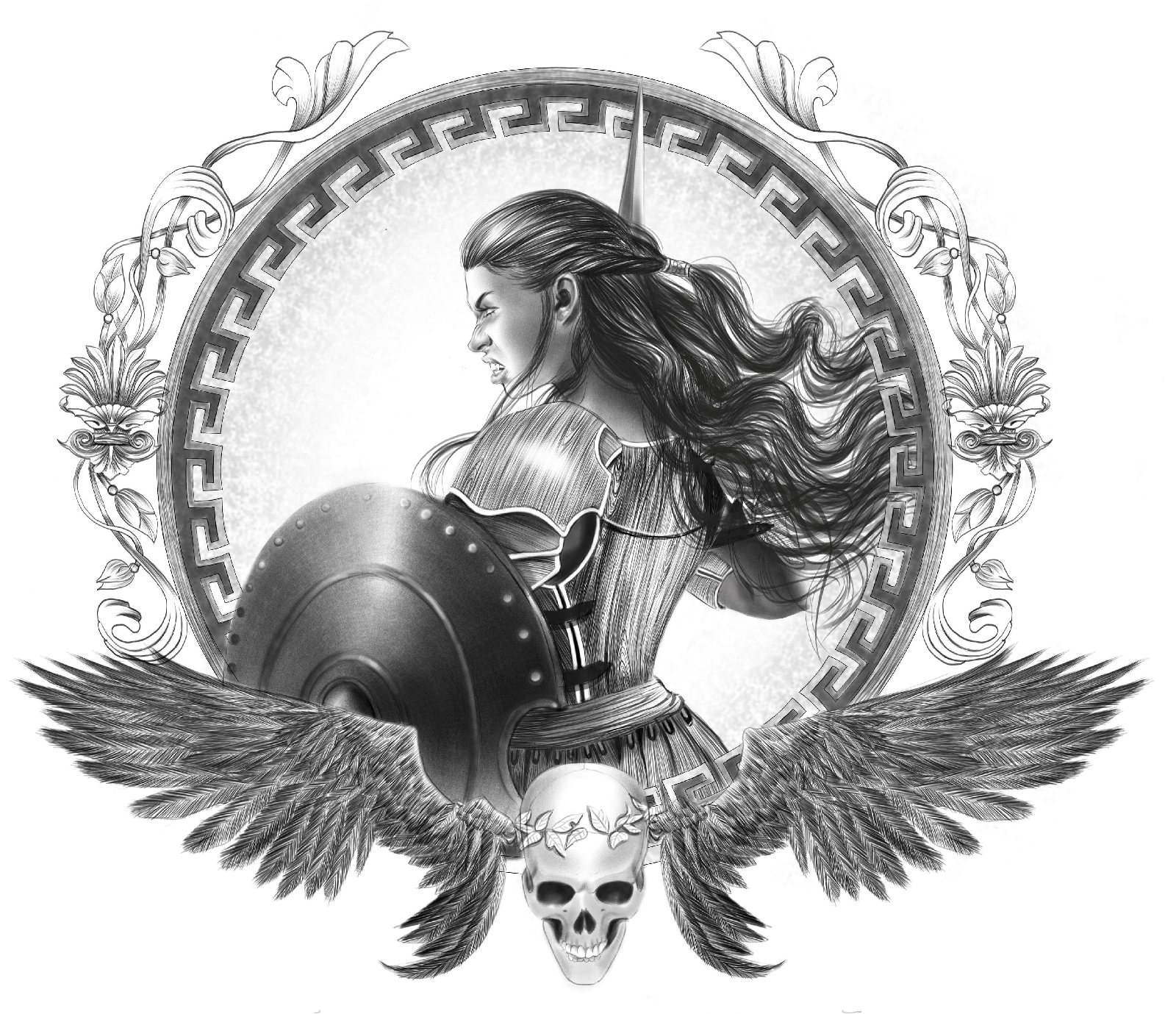From Wolverine to Ashtaroth: How Mythology and Comics Shaped My Character
So, why is Wolverine my favorite character?
Whenever someone asks me this, my answer is always the same: because he’s so much more than just a superhero. Sure, Wolverine’s got those claws, an unbreakable skeleton, and that “cool lone wolf” vibe, but what I’ve always loved about him is his complexity. He’s a character who’s constantly at war with himself—physically indestructible, yet emotionally vulnerable. That balance of strength and pain, beast and man, is what makes him unforgettable.
Here’s a fun fact about Wolverine that a lot of people don’t know: his famous adamantium claws were never part of his original design. When he debuted in the comics, the claws were actually supposed to be part of his gloves—not his body! It wasn’t until later that the writers decided they were fused to his skeleton, making him the walking, growling weapon we know today. To me, that detail perfectly captures what makes Wolverine special: he’s more than the sum of his powers. His story constantly evolves, and no matter how powerful he is, he’s always grounded by his struggles.
How does Wolverine connect to my character, Ashtaroth?
I’m glad you asked! When I created Ashtaroth, I wanted to channel some of the things I’ve always admired about Wolverine—his raw power, his complexity, and that sense of carrying a heavy burden. But instead of drawing from the modern world, I went deep into mythology—specifically, Greek and Sumerian mythology—to shape her story.
Ashtaroth’s journey is about transcendence and retribution, themes you see a lot in ancient myths. She starts as a mortal girl, burdened by the legacy of her bloodline, and transforms into a divine force of vengeance. Her powers, like her ability to command the dead, are rooted in Sumerian figures like Inanna (the goddess of love, war, and justice) and Ereshkigal (queen of the underworld). At the same time, her divine wrath and her ever-evolving weapon, Dur’akkai, have echoes of Greek mythology, like the adamantine weapons of Zeus or Hades.
The Dur’akkai and why It sounds like a big deal.
The name Dur’akkai has this ancient, mythic weight to it, and I wanted the blade to feel like it was almost alive, evolving alongside Ashtaroth. It starts as a relatively simple weapon, but as she grows more powerful—mastering her light magic, conditioning her body, and absorbing souls—it transforms into something legendary.
Here’s where the Wolverine connection comes in again: much like his adamantium, Dur’akkai is indestructible, but it’s also deeply tied to Ashtaroth’s identity. For example, the blade is forged from divine metals—partly from Sumerian gods (like Kingu, whose blood was said to create life) and partly from Greek influences, like the celestial adamantine. It bridges two mythologies and grows in strength as she does, symbolizing her divine and mortal duality.
And just like Wolverine’s claws, Dur’akkai isn’t just a tool—it’s a burden. Wielding it comes at a cost, forcing Ashtaroth to make sacrifices, including her own humanity, as she embraces her destiny.
Greek and Sumerian mythology? Aren’t those two totally different?
You’d think so, right? But when you dig into them, you find some amazing parallels that helped shape Ashtaroth’s story. For example:
Justice and Vengeance: The Greeks had Nemesis, the goddess of divine retribution, while the Sumerians had Inanna, who waged wars and demanded justice from the gods themselves. Both embody the idea that justice is not always gentle—it can be fierce and unforgiving.
The Underworld: In Greek mythology, Hades rules the underworld, while in Sumerian lore, Ereshkigal does. Both govern realms of the dead, and that heavily influenced Ashtaroth’s necromantic powers. I wanted her to feel like a character who walks the line between life and death.
Weapons of Power: The Greek gods wield weapons like Zeus’ lightning bolts, made of adamantine, and the Sumerian gods have sacred tools like Inanna’s rod, made of lapis lazuli. These legendary weapons inspired Dur’akkai, which combines both Greek and Sumerian influences into something entirely unique.
What makes Ashtaroth unique?
For me, Ashtaroth represents the kind of character I’ve always loved: someone who’s both powerful and flawed. Like Wolverine, she has to grapple with what it means to carry such immense power while staying true to herself. But Ashtaroth’s story is also about legacy—about carrying the weight of her ancestors, making a pact to act as their vessel for retribution, and transcending her mortality to fulfill her destiny.
And then there’s Dur’akkai, her blade, which grows with her. It’s not just a weapon—it’s a symbol of her journey. As she absorbs the souls of her enemies, it transforms into something that reflects her own divine power, becoming almost godlike in its own right.
What’s next for Ashtaroth?
Honestly? She’s still evolving. That’s the beauty of creating a character inspired by mythology and heroes like Wolverine—you can keep adding layers, exploring new facets of their story, and finding ways to make them resonate with readers. My goal is to make Ashtaroth someone who feels as real and timeless as the myths and characters who inspired her.
If you’ve ever been fascinated by the interplay between mythology and modern storytelling, or if you just love characters who walk the line between humanity and divinity, I think you’ll find something to connect with in Ashtaroth’s journey.







